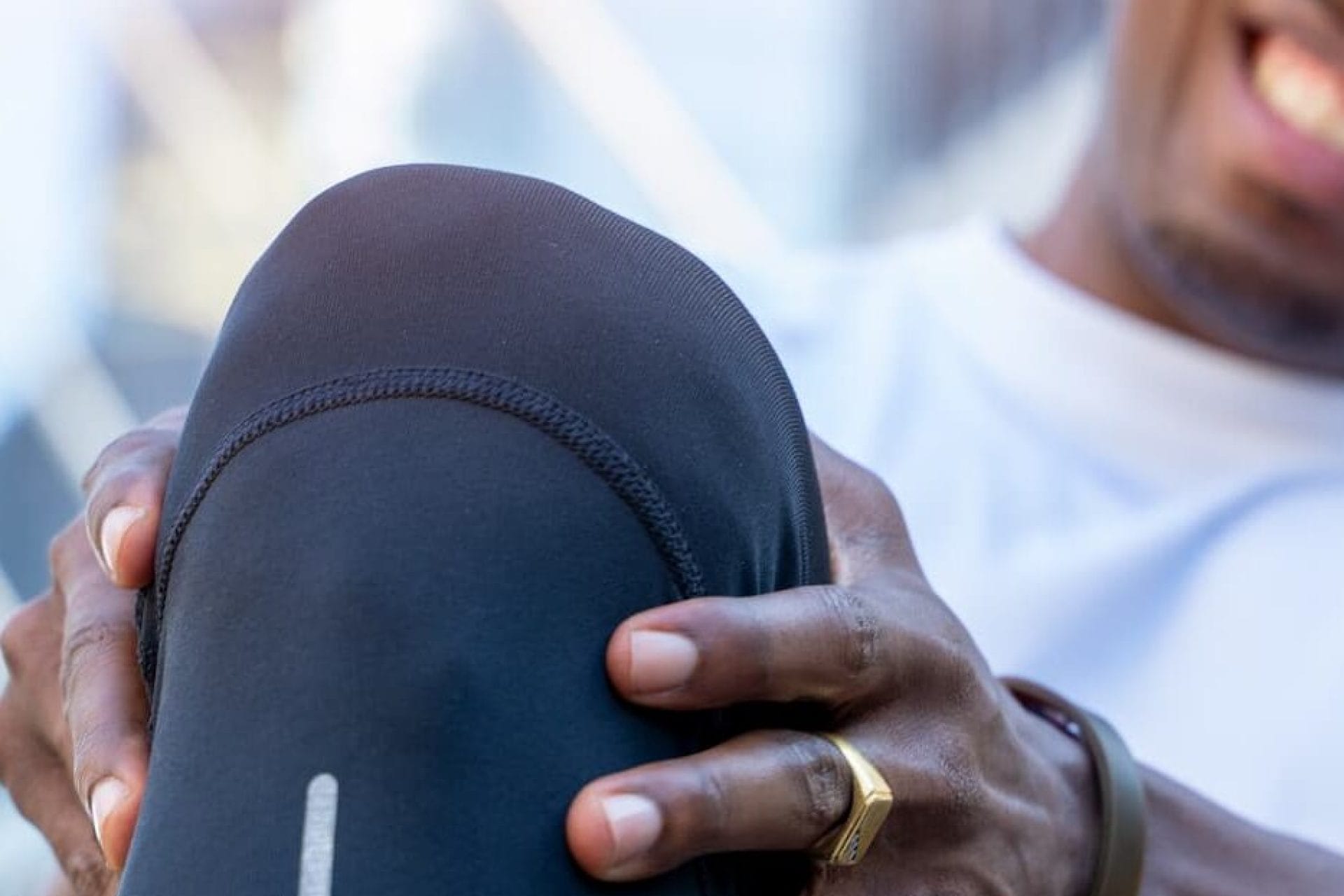What is arthroscopy?
The word arthroscopy is devised from two words: arthro – meaning joint, and scopy – meaning the visualisation of.
Therefore arthroscopy is an operative technique to allow the visualisation and treatment of structures within the knee joint.
Knee arthroscopies are performed as a day case procedure, unless there are any medical indications to require overnight admission. It is a less invasive (keyhole) technique, allowing the complete examination of the inside of the knee joint, using two or three small puncture wounds around the knee joint.
The operation is performed as a therapeutic procedure. In the past, diagnostic arthroscopy was a common procedure, in that it was undertaken to find out ‘what is wrong with the knee’. However, diagnostic arthroscopy is no longer recommended, as diagnosis should be possible without an operation.
The diagnosis of knee conditions is now made routinely, using a thorough history of your condition, a skilled examination of the knee and the use of radiographic imaging modalities, such as x-rays, MRI scans, CT scans, bone scanning and arthrography.
Arthroscopic surgery of the knee can be performed under general anaesthetic, local anaesthetic and regional anaesthetic (spinal). It is usually a short operation which lasts between fifteen and thirty minutes. It is most commonly performed under a short general anaesthetic which permits adequate muscle relaxation to allow a thorough examination of the knee joint.

What conditions are treated using arthroscopic surgery?
During a knee arthroscopy, the knee joint is systematically examined to detect and treat:
- Tears of the meniscus cartilage
- Damage to the articular cartilage (lining) of the joint
- To find any loose bodies within the knee
- To identify and examine the anterior and posterior cruciate ligaments
- To assess the synovium (lining membrane) of the knee joint
- To examine the patello-femoral (knee cap) joint, as well as the dynamic motion of the patello-femoral joint, to assess if there are any tracking abnormalities or malalignment.
There are many operations that can be also performed arthroscopically:
- Removing meniscal tears
- Repairing meniscus tears
- Treating damage to the lining of the articular cartilage (mosaicplasty, cartilage transplantation, microfracture, abrasion chondroplasty, thermal chondroplasty, subchondral drilling)
- Debriding (tidying up) an early osteoarthritic knee
- Arthroscopic patella stabilisation
- Removing the lining membrane of the knee (synovectomy)
- Ligament reconstruction
- Repairing certain joint fractures
Arthroscopic surgery is possible by introducing specially designed tools into the knee joint which allow intricate surgery to be performed under direct visualisation. The arthroscope with the attached camera can be seen below in my left hand.
What happens during arthroscopic surgery?
Once the patient is anaesthetised, Prof Jari thoroughly performs an examination under anaesthetic (EUA) of the knee joint. Once the muscles are relaxed it is possible to examine the knee joint ligaments carefully, as well as make an assessment of any meniscal signs and check the swelling. In addition, kneecap tracking is observed.
Once this is completed, he injects the knee joint with a local anaesthetic and adrenalin prior to the actual operation. This has two roles. One is to reduce the level of bleeding, which the adrenalin carries out, the second is that it is believed that pre-emptive analgesia (providing pain relief prior to making the surgical incision), allows better control of pain after the surgery. Also, patients are giving pre-emptive intravenous analgesia, including a strong anti-inflammatory drug and a Morphine-type drug.
The patient is then taken into the operating theatre and prepped for surgery. The surgical procedure is undertaken. At the end of the operation, once again, local anaesthetic and adrenalin is introduced into the portal sites (wounds), and into the knee joint, to provide post-operative analgesia. In addition, a Hyaluronic acid derivative is injected into the knee joint which is a normal constituent of the joint, but which has been washed out at the time of the arthroscopy. This Hyaluronic acid provides some of the normal lubricating properties back into the knee and also does have a pain-relieving function to it.
The wound sites are then closed with steristrips (paper stitches). The wounds are dressed. A TED stocking is applied and a Cryocuff is placed over the top of the knee.
Once the patient is awake and alert, the rehabilitation exercises begin immediately. During the procedure, pictures are taken of the knee and occasionally the procedure is recorded on a videotape or DVD, when the patient returns to the clinic for their post-operative appointment, I go through the arthroscopic findings with them showing them the pictures and giving them a copy of the video.
The appropriate treatment for you depends on many factors and will have to be assessed by the specialist treating you. Price packages will be personalised to you and your needs. We also work with multiple hospitals to offer our patients a price match service. Please get in touch if you wish to book a consultation with Professor Jari, Manchester’s leading Knee Surgeon.
Make An Enquiry
Or contact us directly
[email protected]
0161 445 4988
